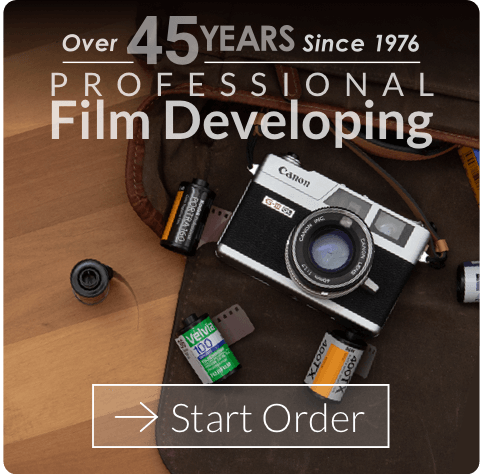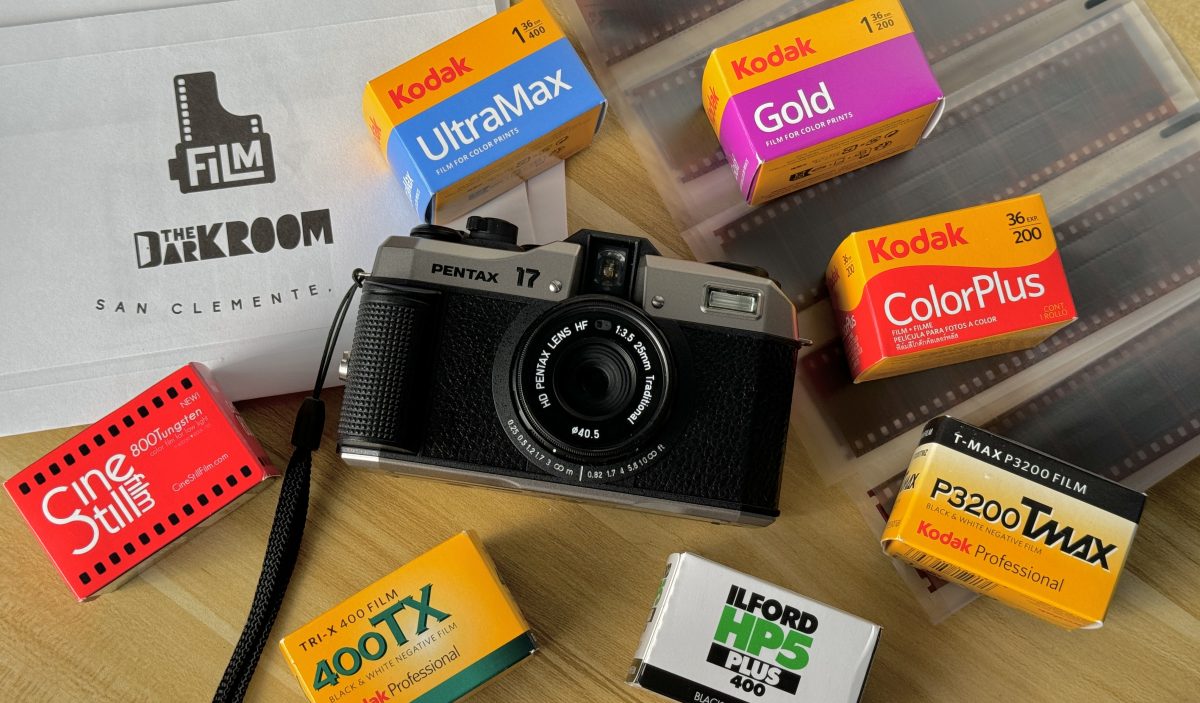
Over the past five years, we’ve seen a lot of exciting news in the film community. Typically, this involves previously discontinued film being brought back or brand new film being introduced, which is great. However, something we have all been hoping for is new film cameras, as most of the cameras we use are older and won’t last forever. Yes, there are other new film cameras on the market, but they generally fall into two categories: very expensive cameras that produce great results, like Leica cameras, but are out of most people’s budgets; or very affordable cameras like disposable cameras or the Long Weekend cam, for example, that are cheaply made and produce subpar results. There is a big need for something in the middle: a camera that is affordable, well-made, and, of course, produces good image quality. That’s exactly what Pentax has done with their first-ever film camera in 17 years, the Pentax 17, which we had the pleasure of testing a couple of months prior to its release, and it is better than we expected when we first heard they were working on a brand new film camera!
The Pentax 17 is a zone-focus, half-frame compact camera with auto exposure, exposure compensation, and manual film advance. While it gets its lens from an older Ricoh Auto Half camera, the lens has modern-day coatings which, despite it being half-frame, produce very good results! We have been shooting with this camera for the past two months, putting a wide variety of film through it, and have been very impressed with the results, which you can see below!
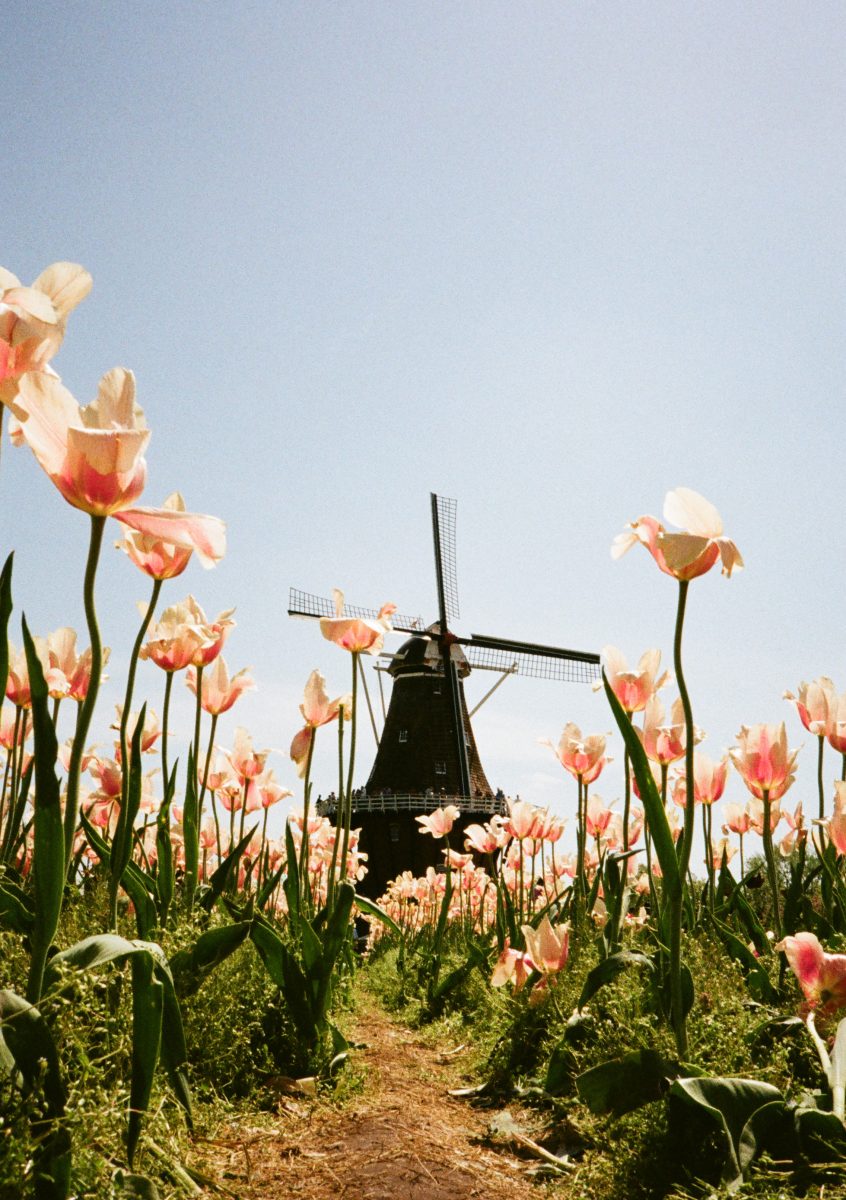
ColorPlus 200 
ColorPlus 200 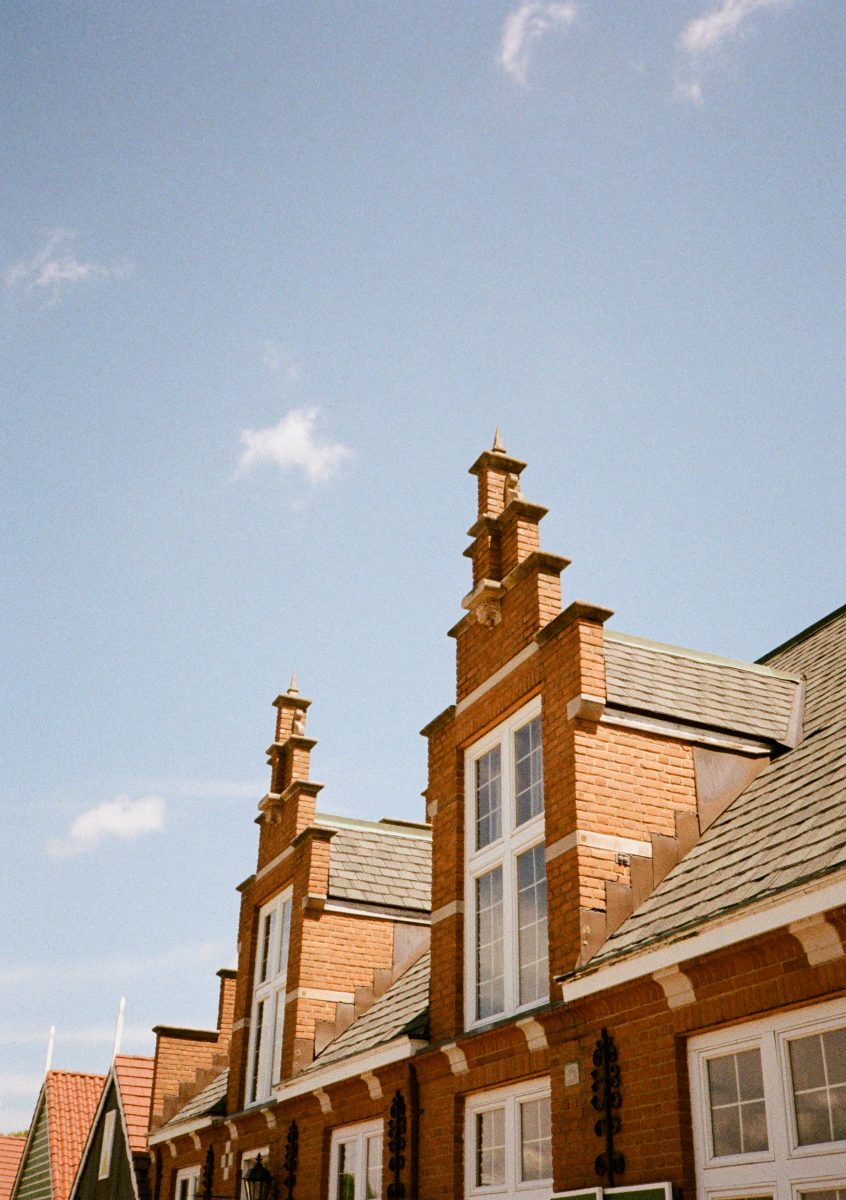
ColorPlus 200 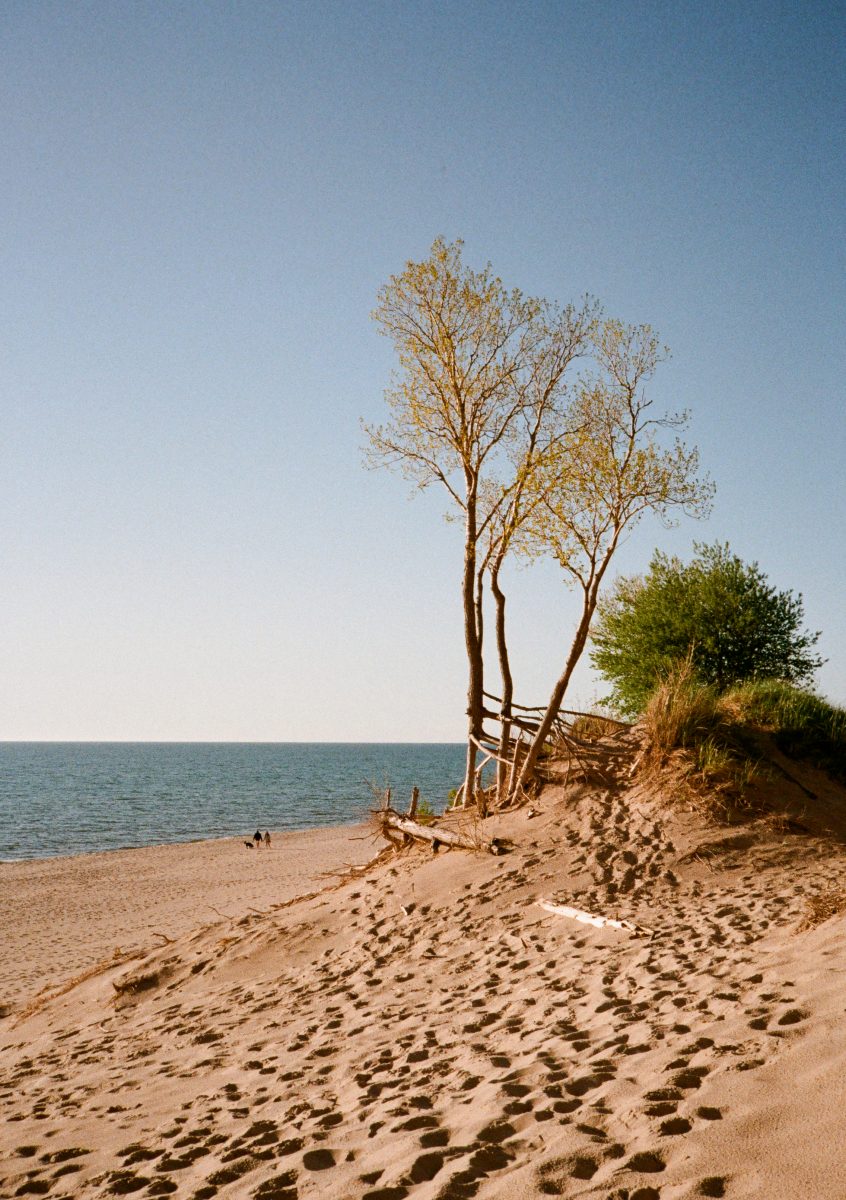
Gold 200 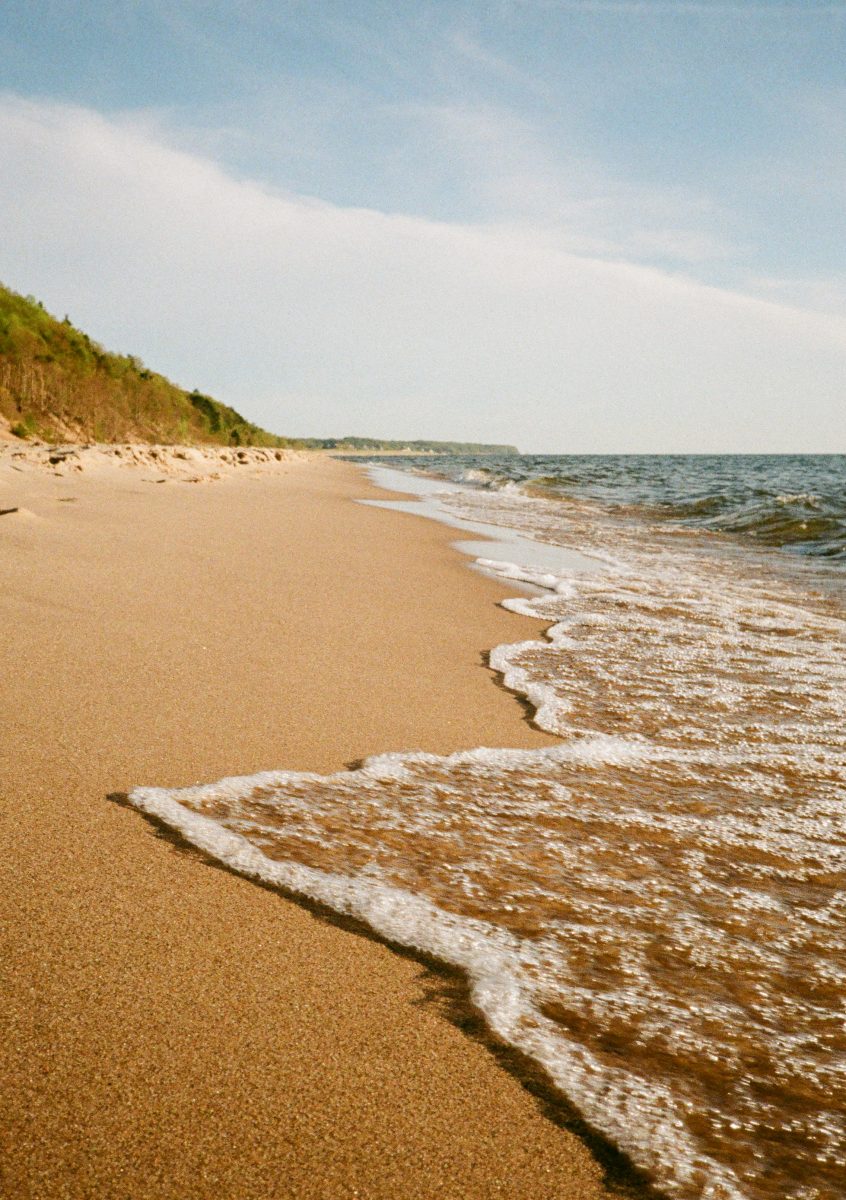
Gold 200 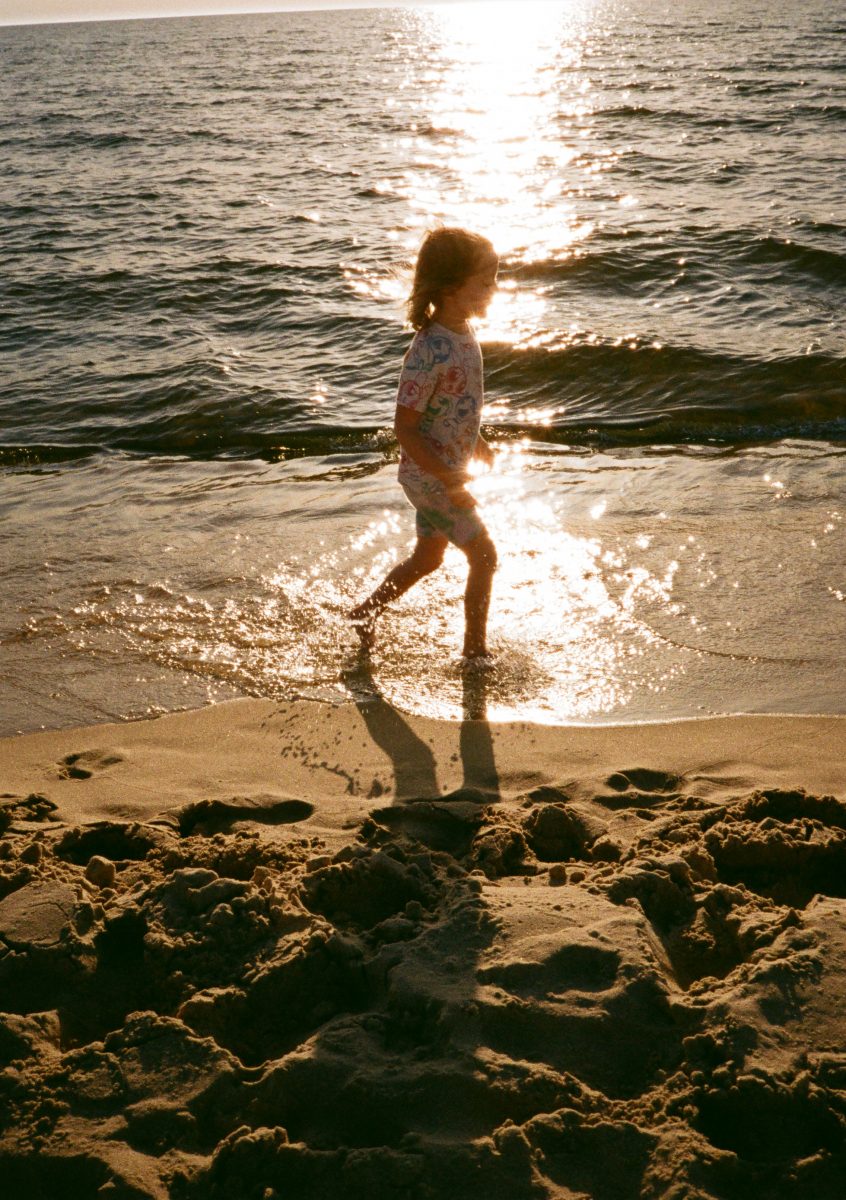
Gold 200 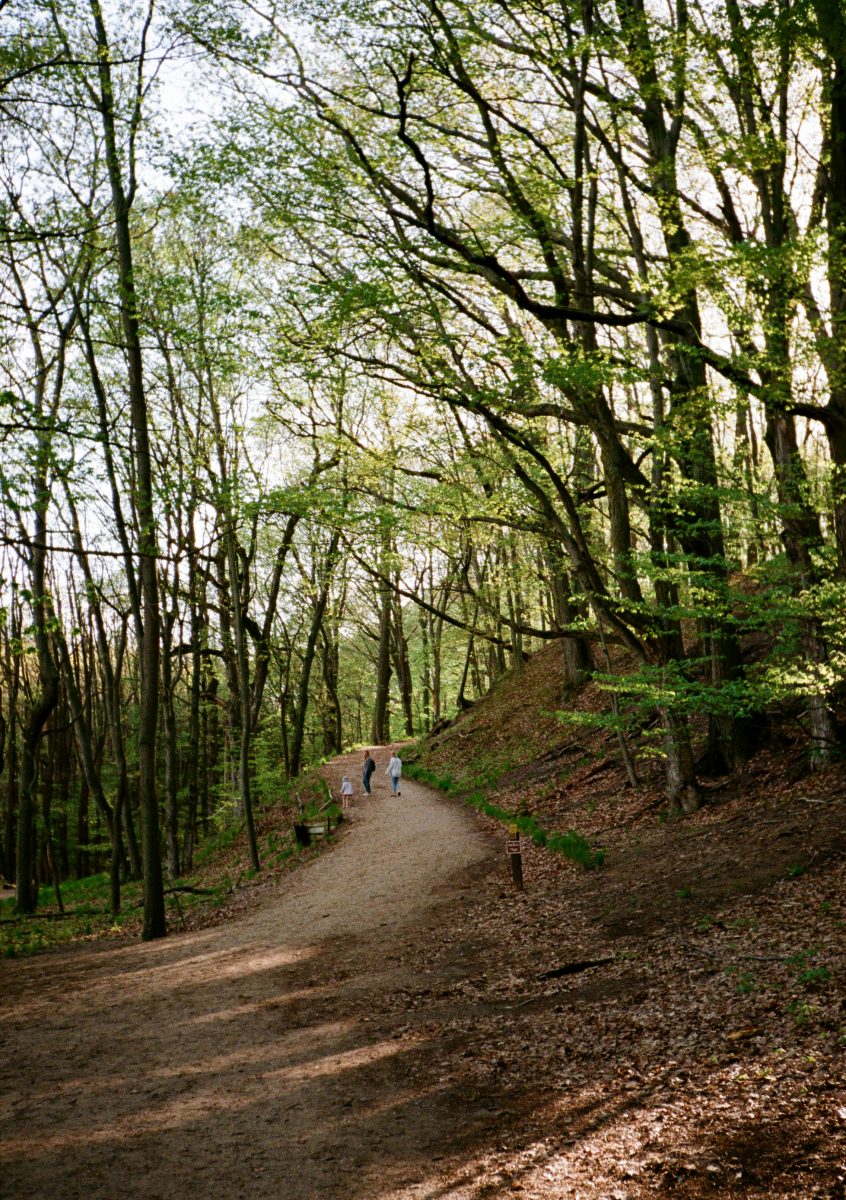
Gold 200 
Gold 200 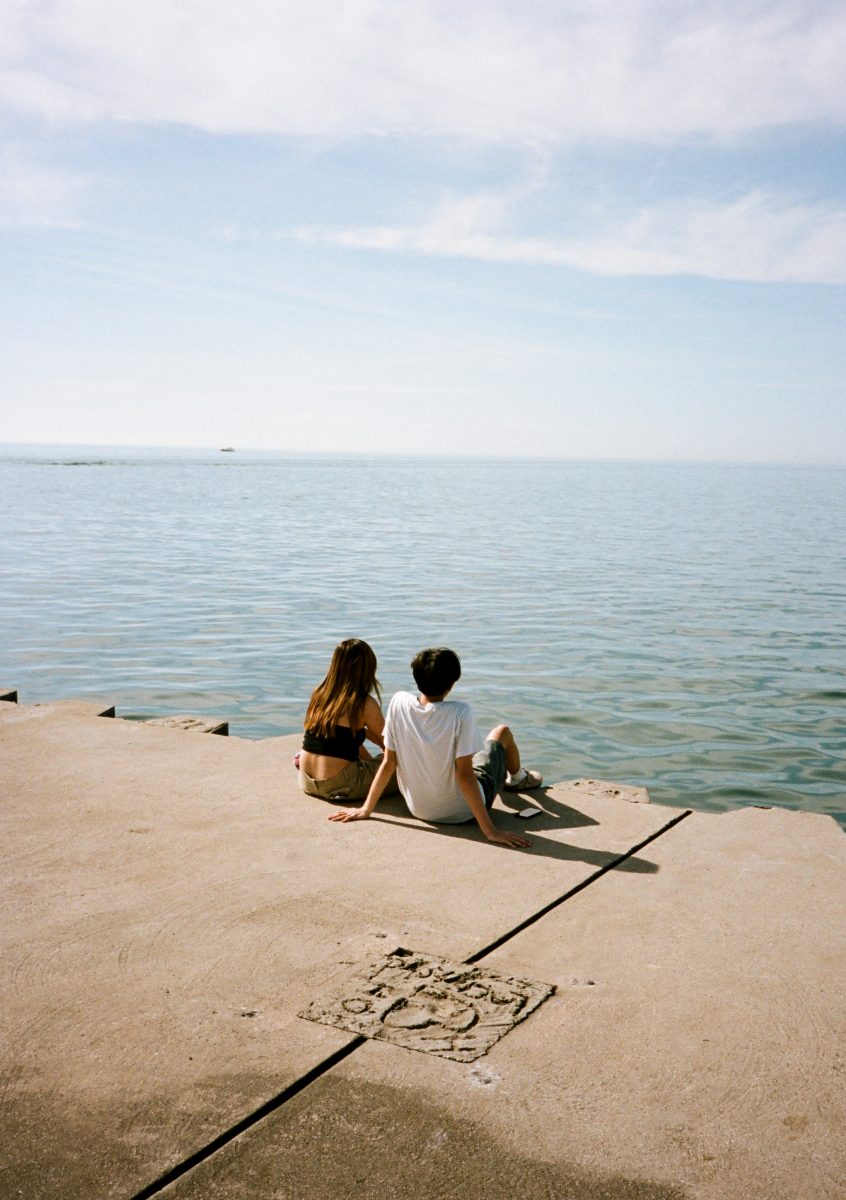
Portra 160 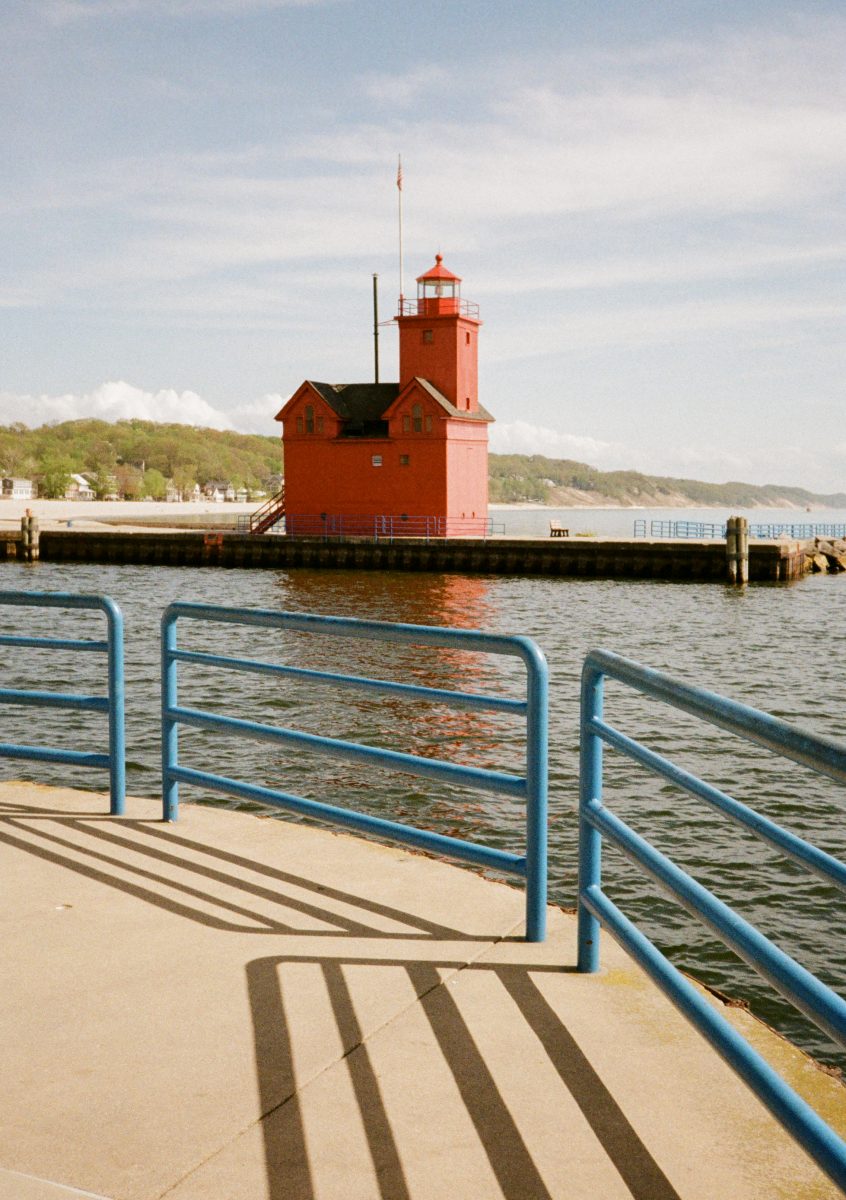
ColorPlus 200 
ColorPlus 200 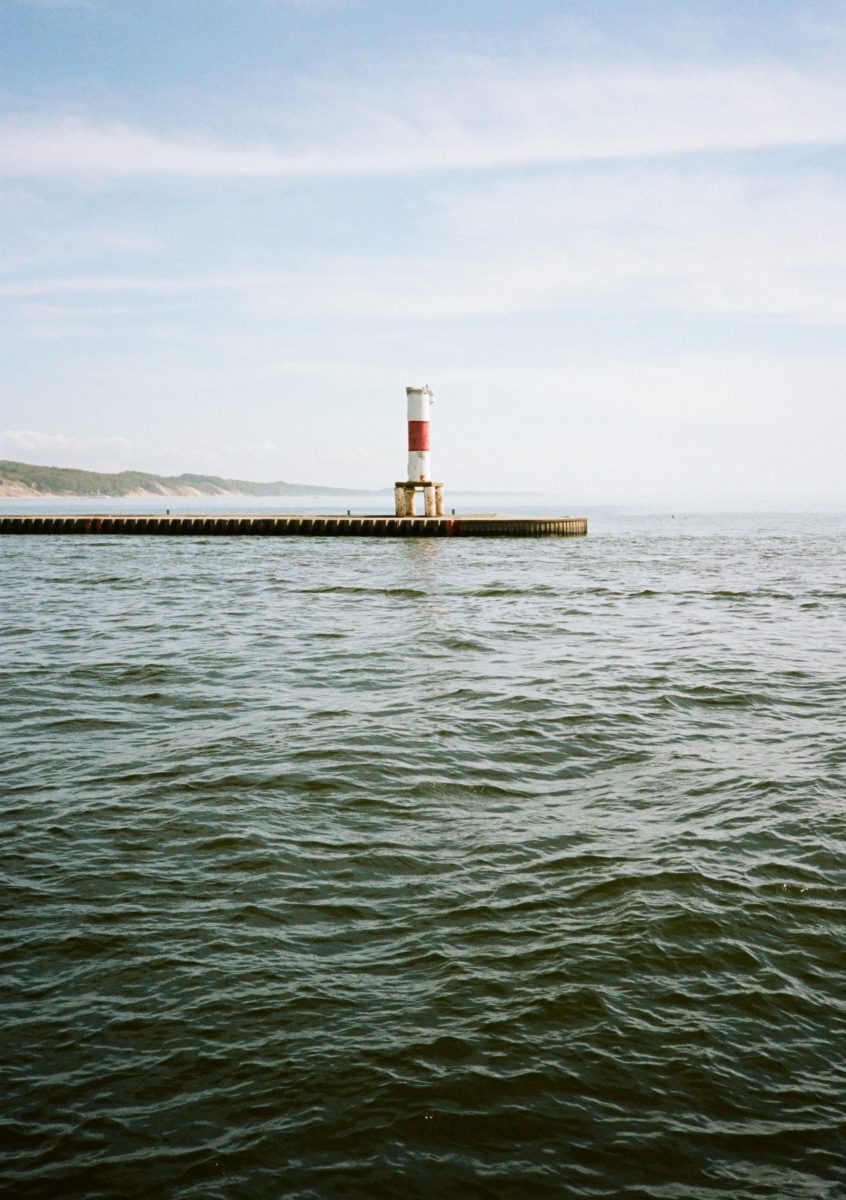
Portra 160 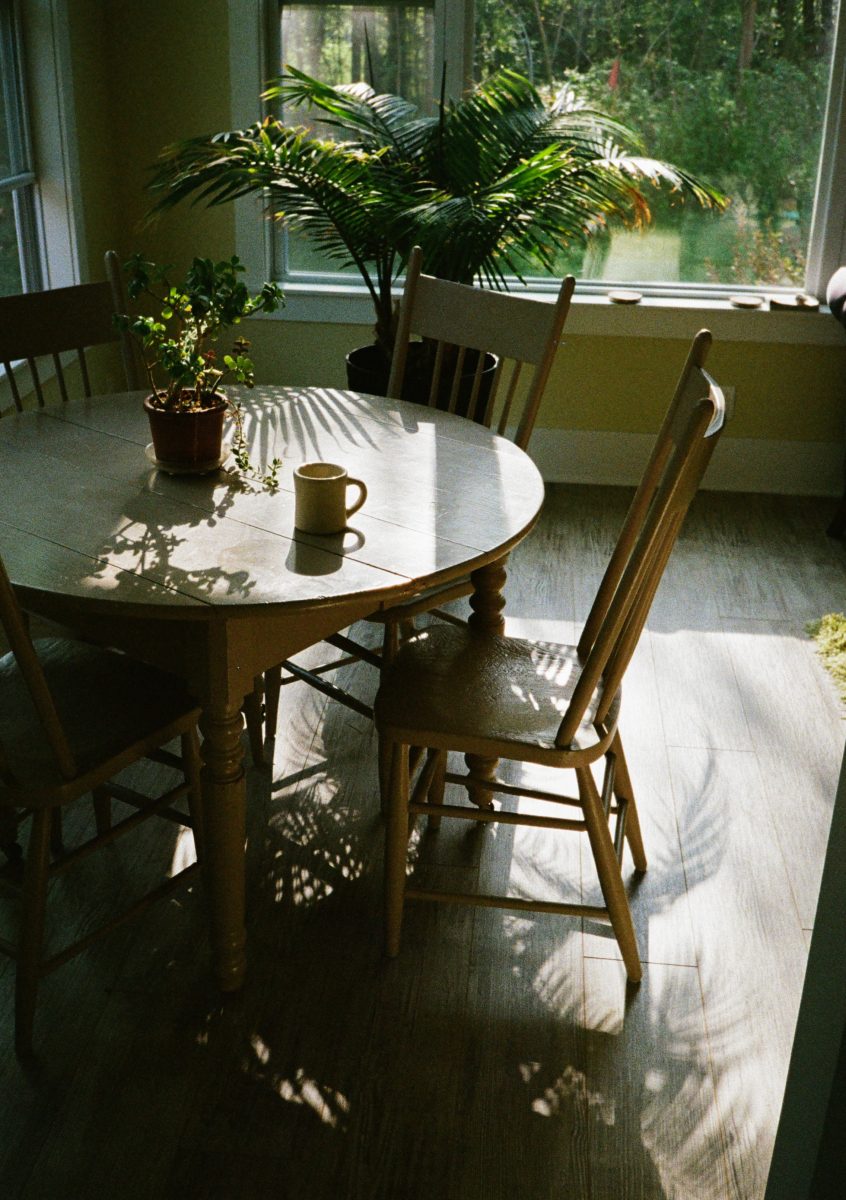
Ultramax 400 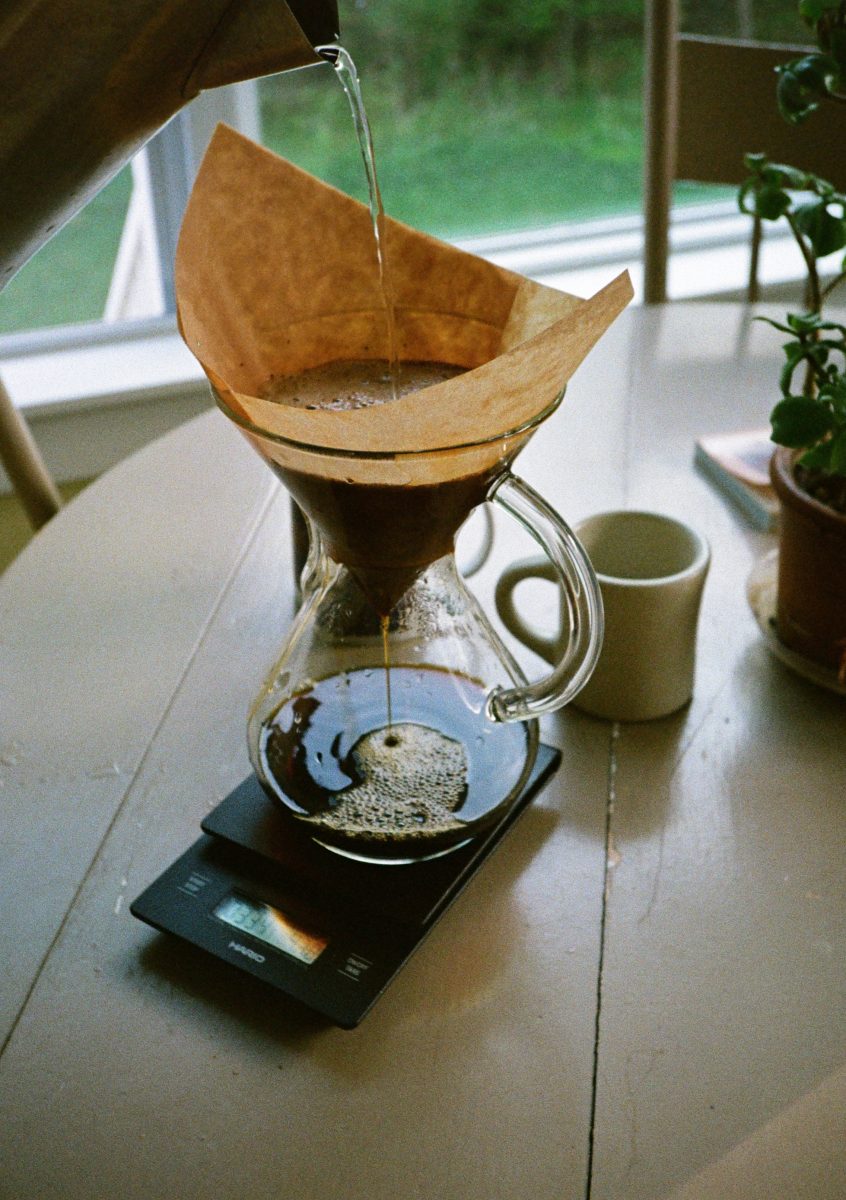
Ultramax 400 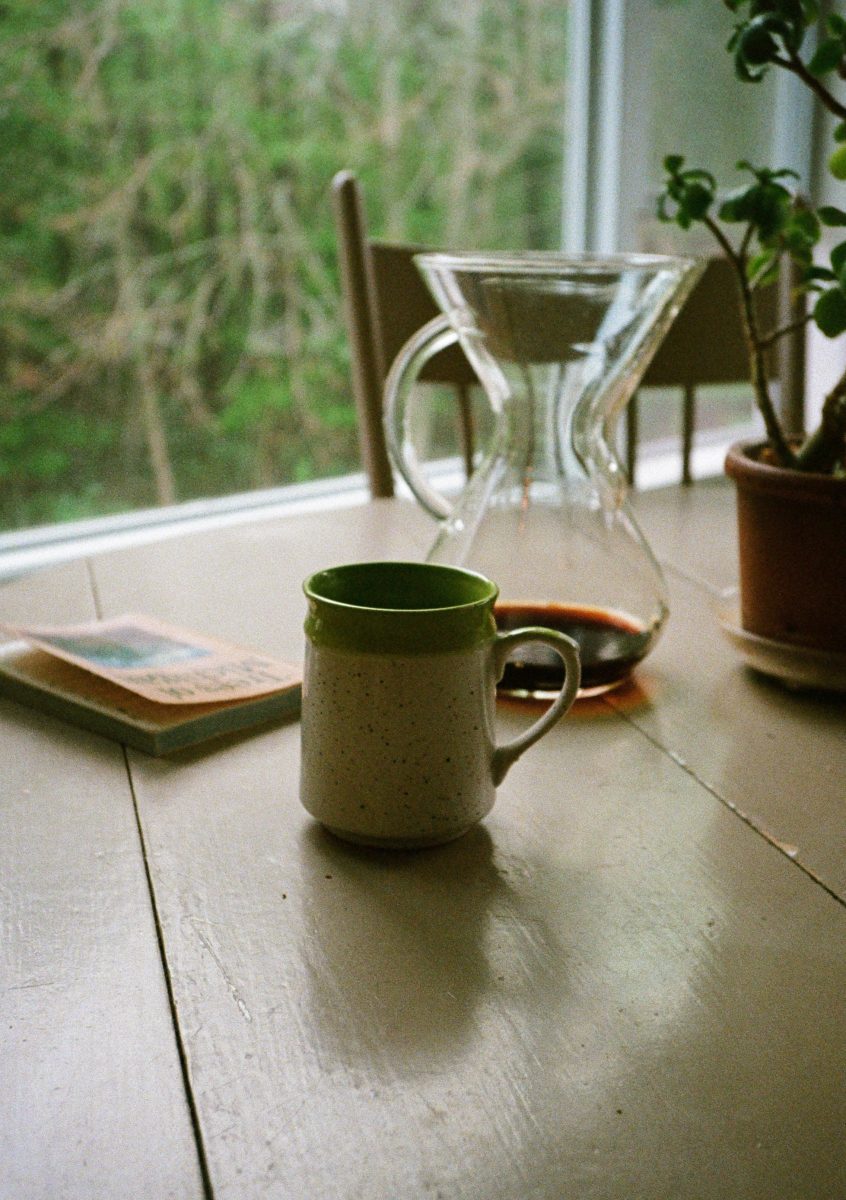
Ultramax 400
Zone focus might seem intimidating at first, but halfway through our first roll, it started to become second nature, and after a few rolls, we rarely missed. Speaking of rarely missing, the Pentax 17’s meter is very accurate and offers multiple exposure modes, including Auto, non-flash modes, and flash modes. The Auto mode will pop the flash if needed but will not work in macro mode, which is why we mainly used the program modes. The flash mode features program and a night mode, which goes up to 4 seconds if needed. For the non-flash modes, there is program, a night mode, bulb, and “Bokeh.” The Bokeh mode allows it to shoot at its fastest aperture, which is f/3.5 on its 25mm lens (a 37mm equivalent). The bulb mode will enable you to keep the shutter open for long exposures, for which we recommend a sturdy tripod and the Pentax shutter release, as there is no self-timer for this camera.
We had the pleasure of meeting the Pentax team, including the lead designer TKO, and were amazed by all the thought that went into making this camera, which we talk more about in the video below!
Here at The Darkroom, we develop a wide variety of formats, including half-frame film, which produces double the amount of frames that normal 35mm film does. This is why we offer the option for 1-up scans or 2-up scans, something you can select when making your order. The 1-up scans will give you the full-res individual frame, and the 2-up option will provide two frames per scan.
The Pentax 17 is a camera we’d recommend to beginners as well as seasoned film photographers. While zone focusing might have a slight learning curve, it is pretty easy to master. Once you get the hang of zone focus, everything else is straightforward as it is fully auto except for the ISO selection and the film advance. If you are interested in buying one of these cameras, our good friends over at FilmPhotographyStore.com will be selling them, along with many other places!
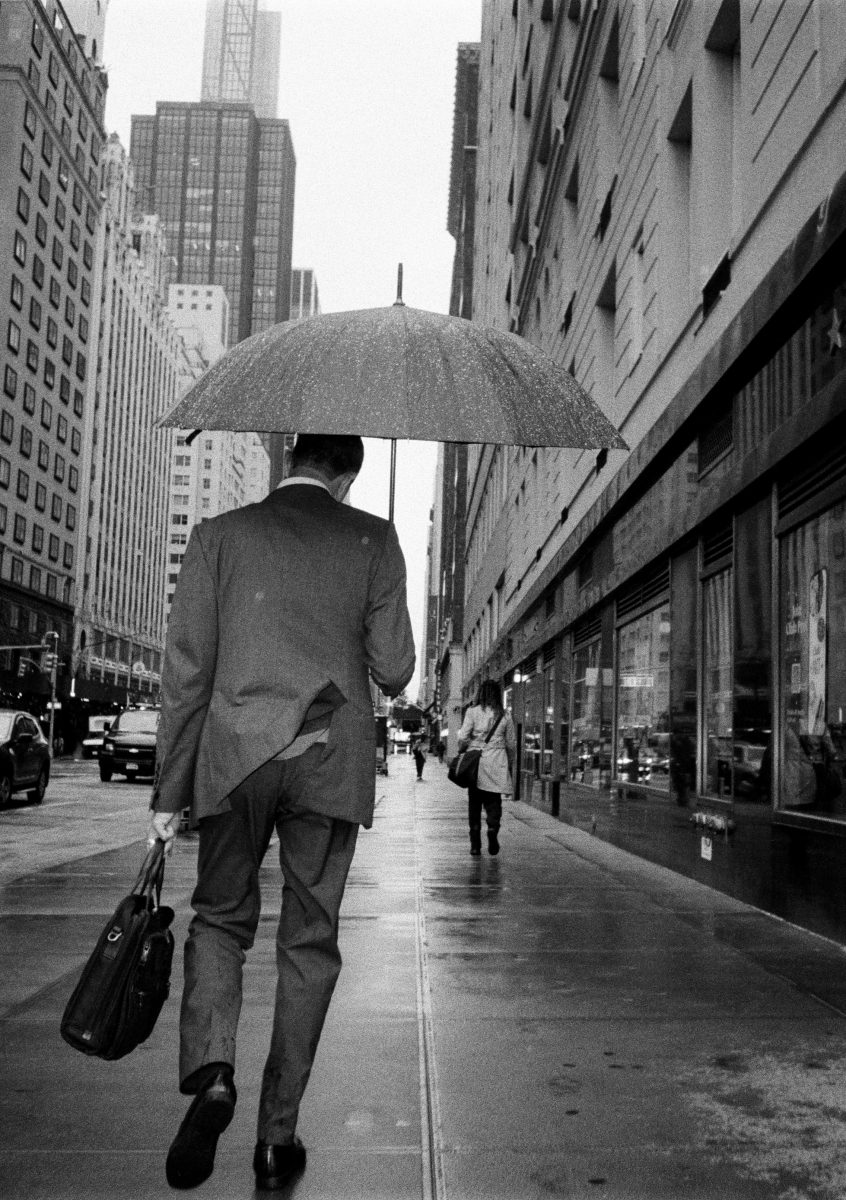
HP5+ 400 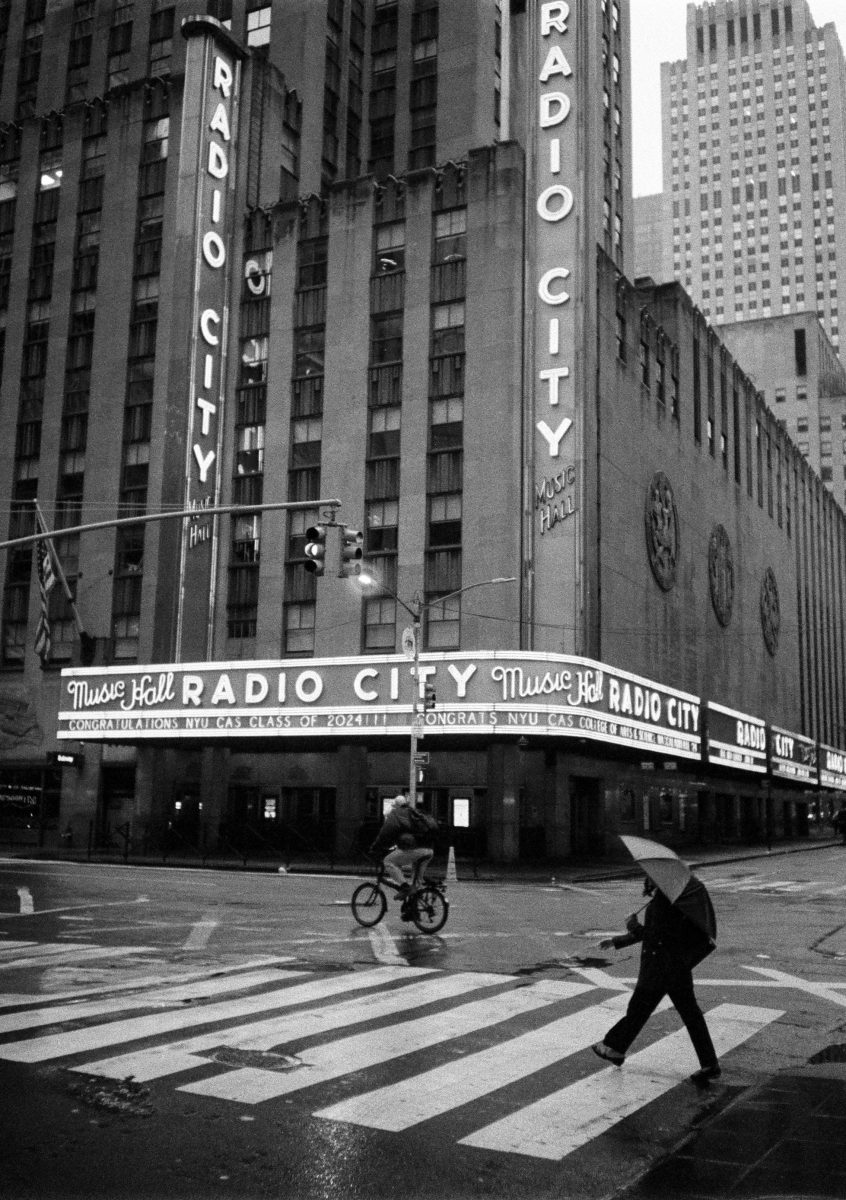
HP5+ 400 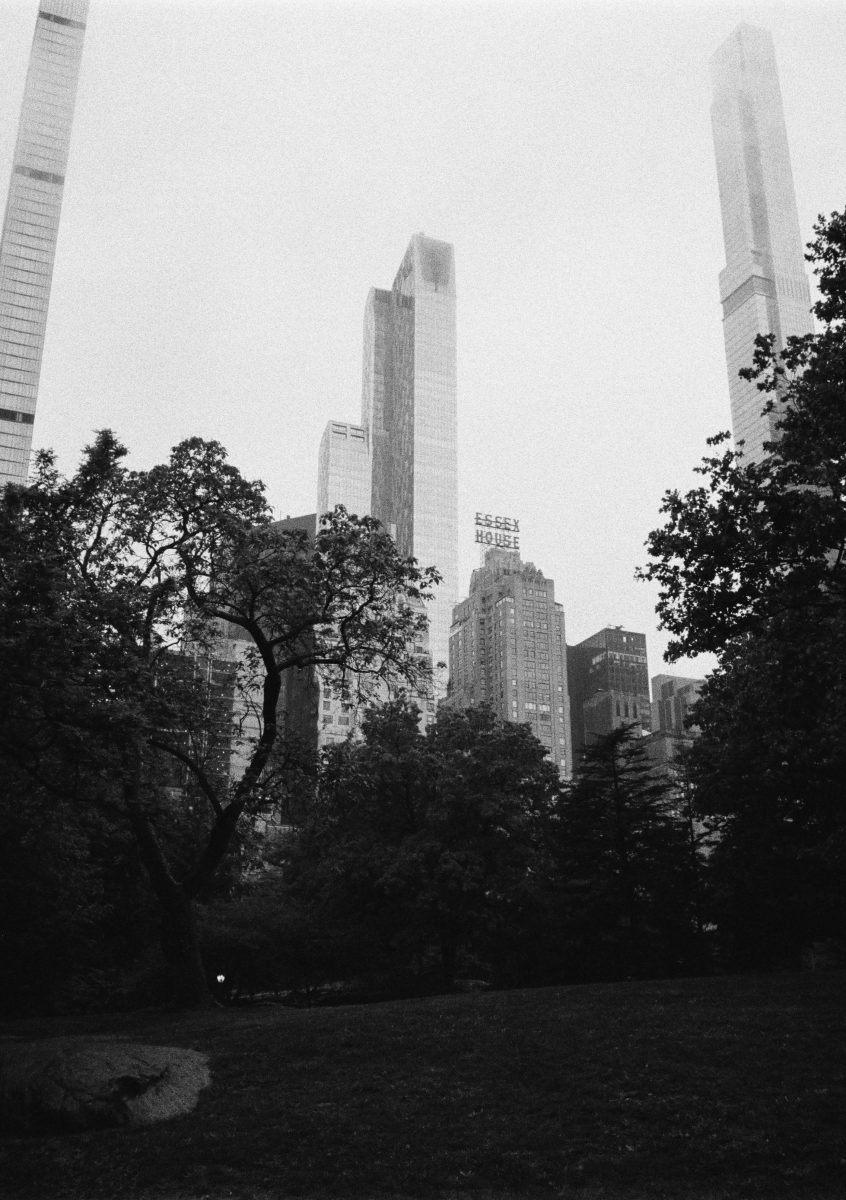
HP5+ 400 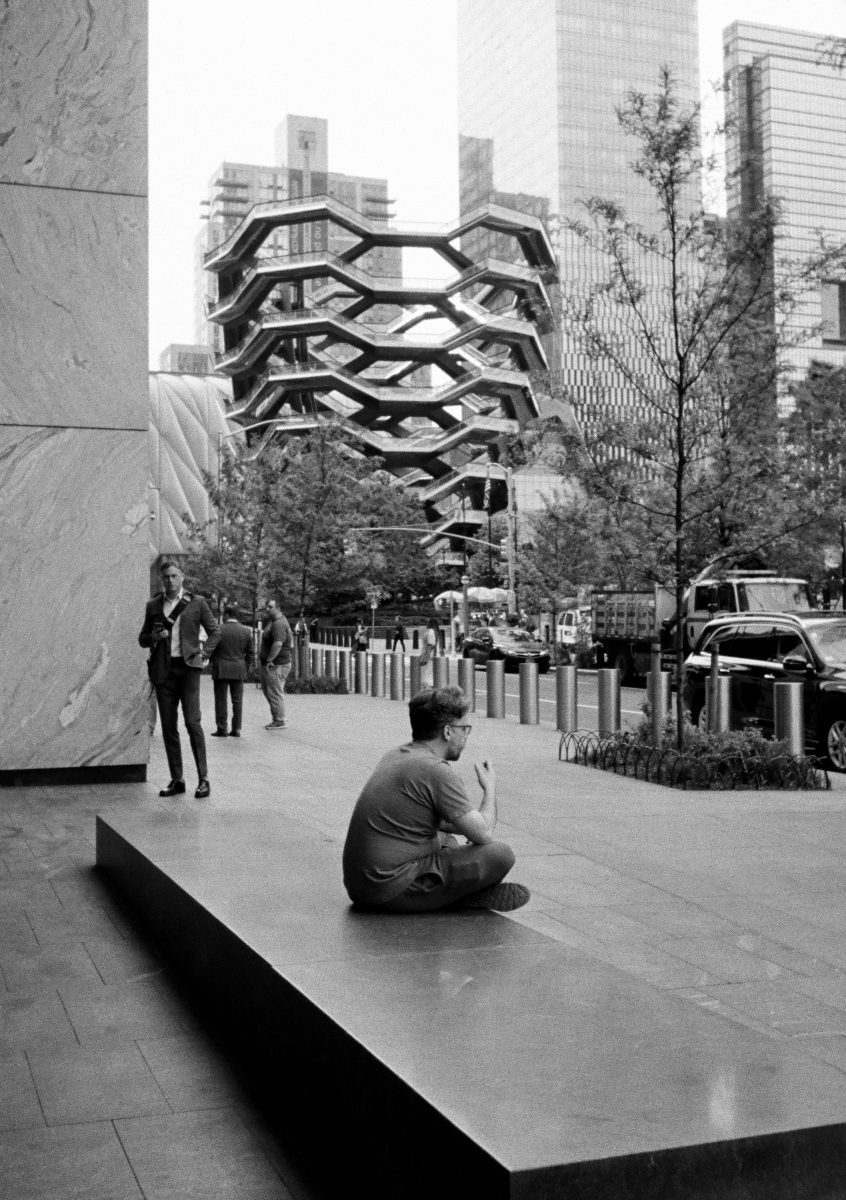
Tri-X 400 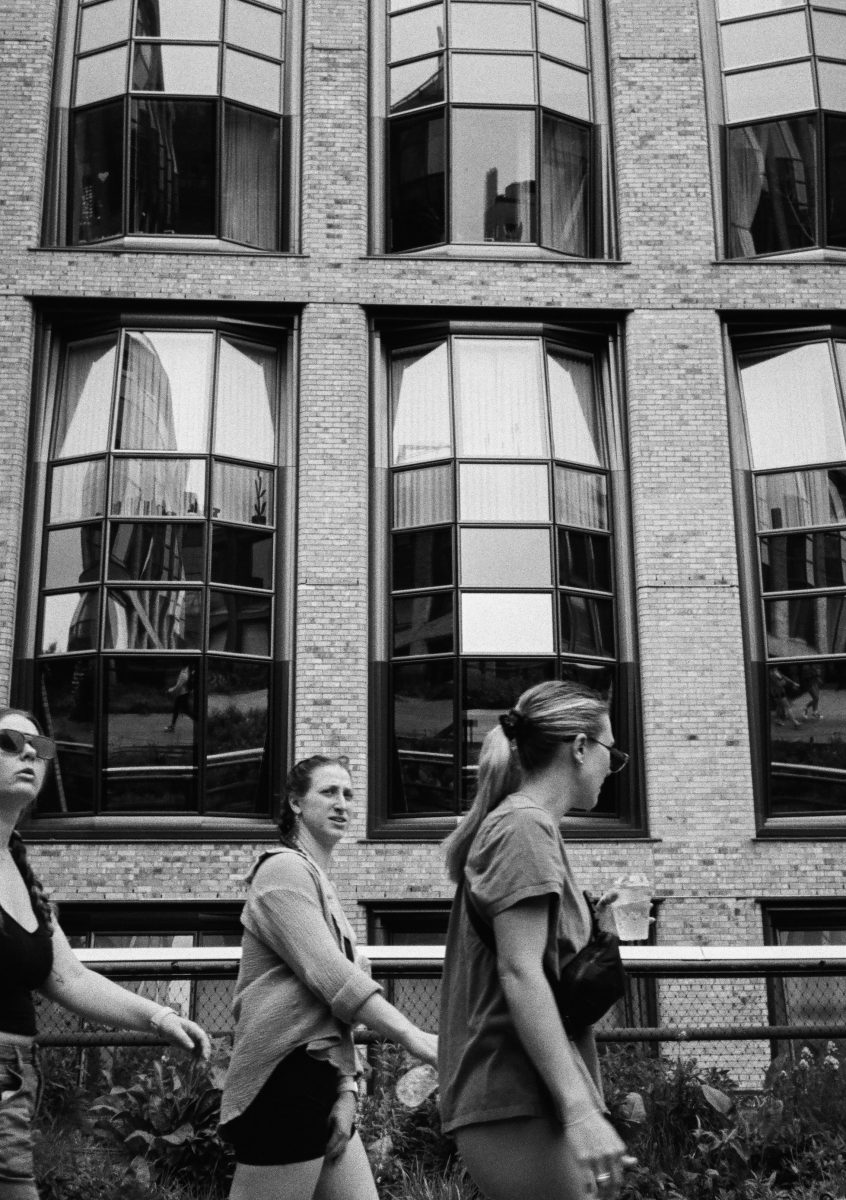
Tri-X 400 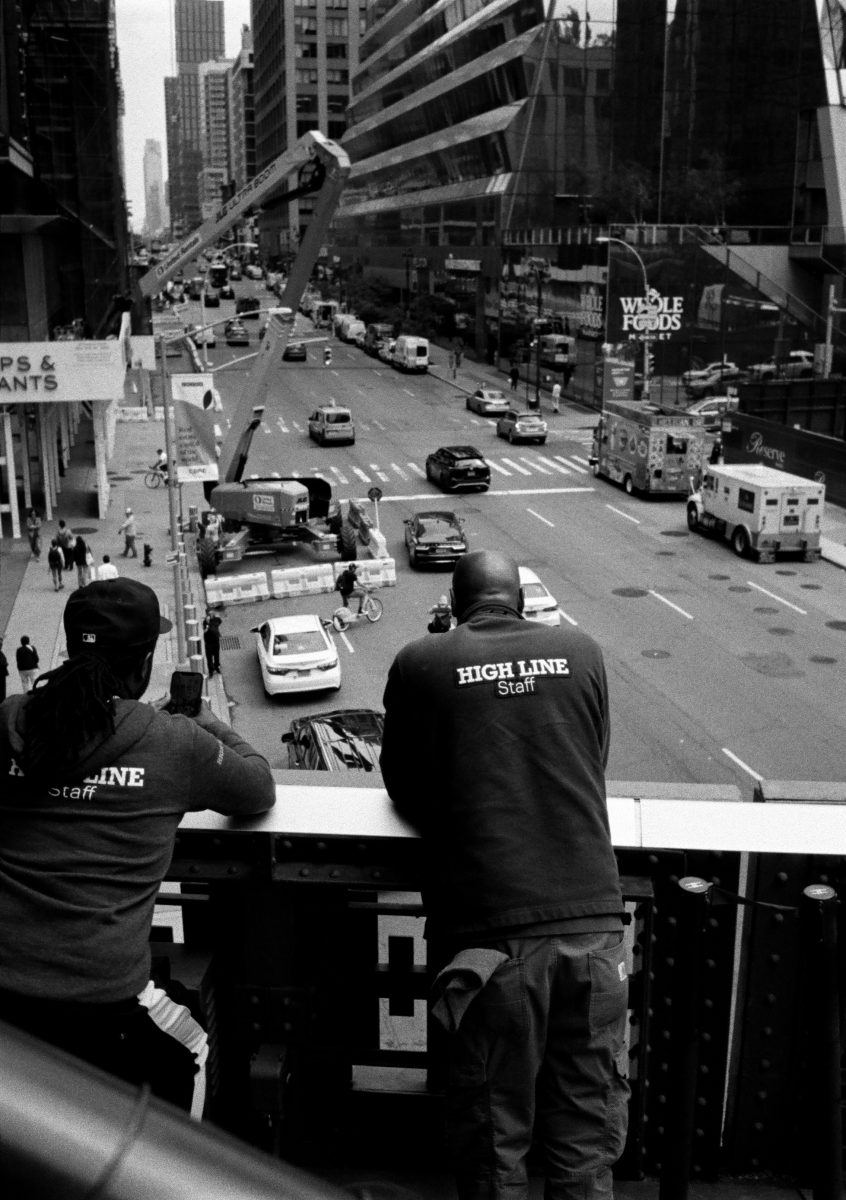
HP5+ 400 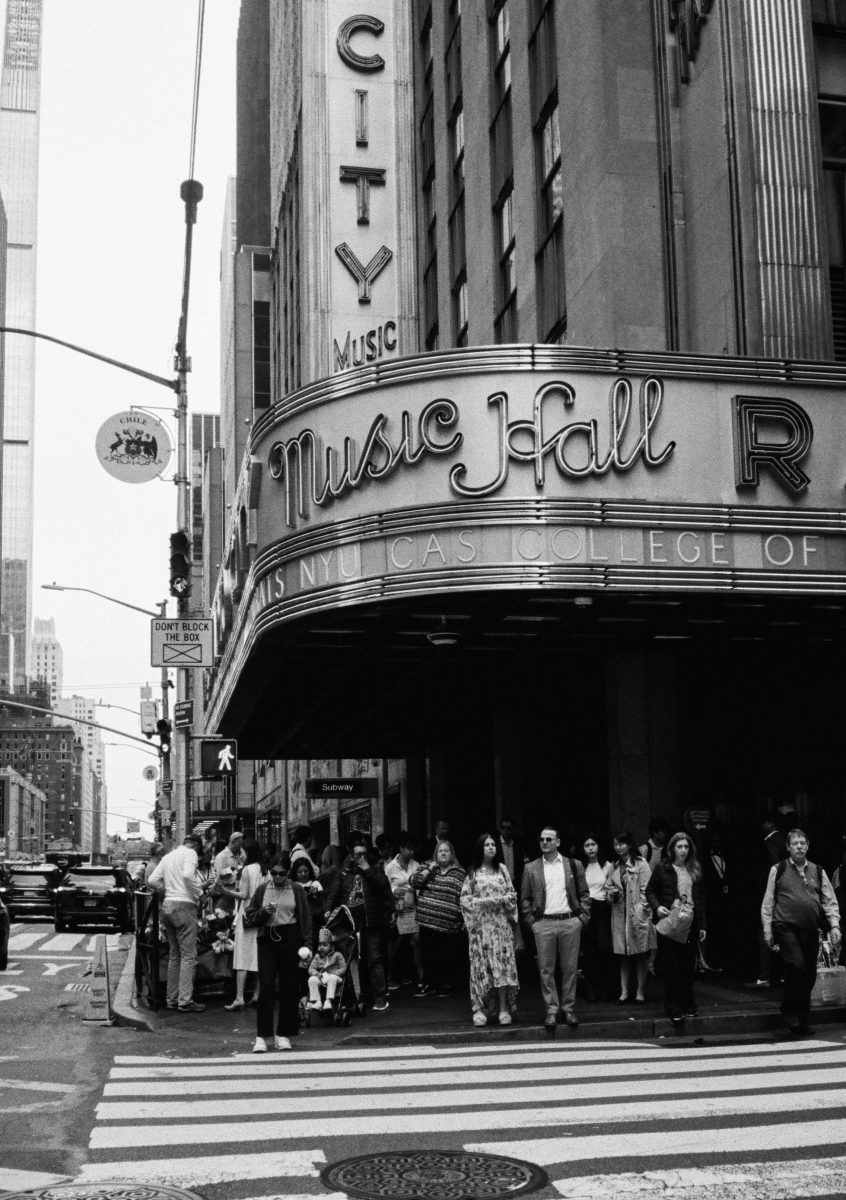
HP5+ 400 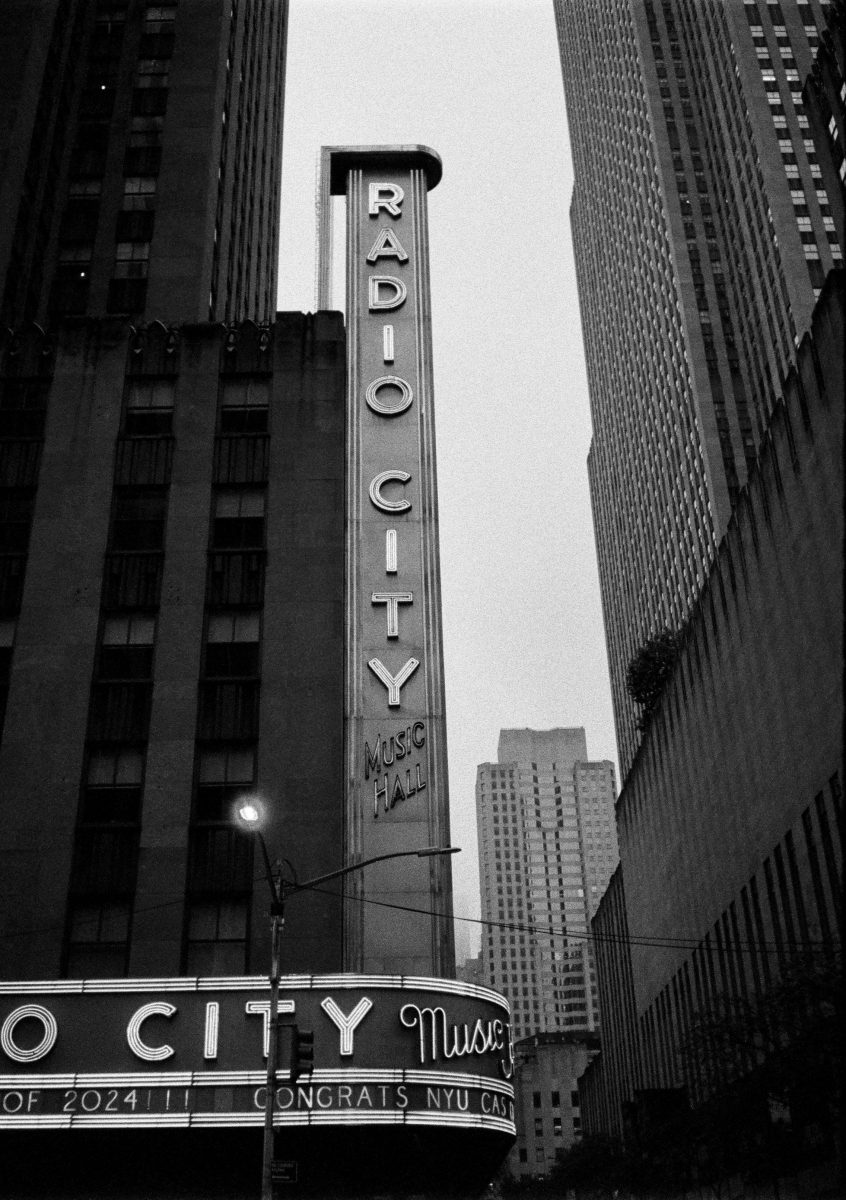
HP5+ 400 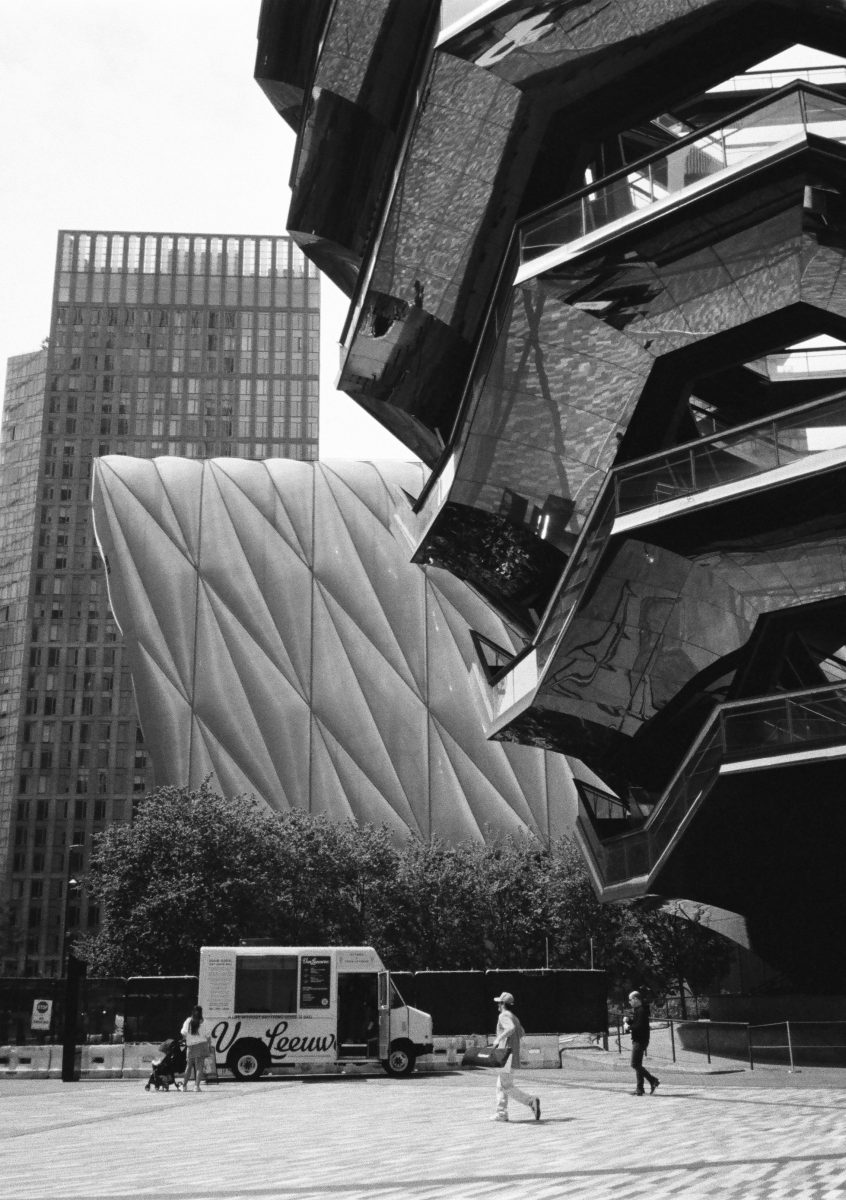
Tri-X 400 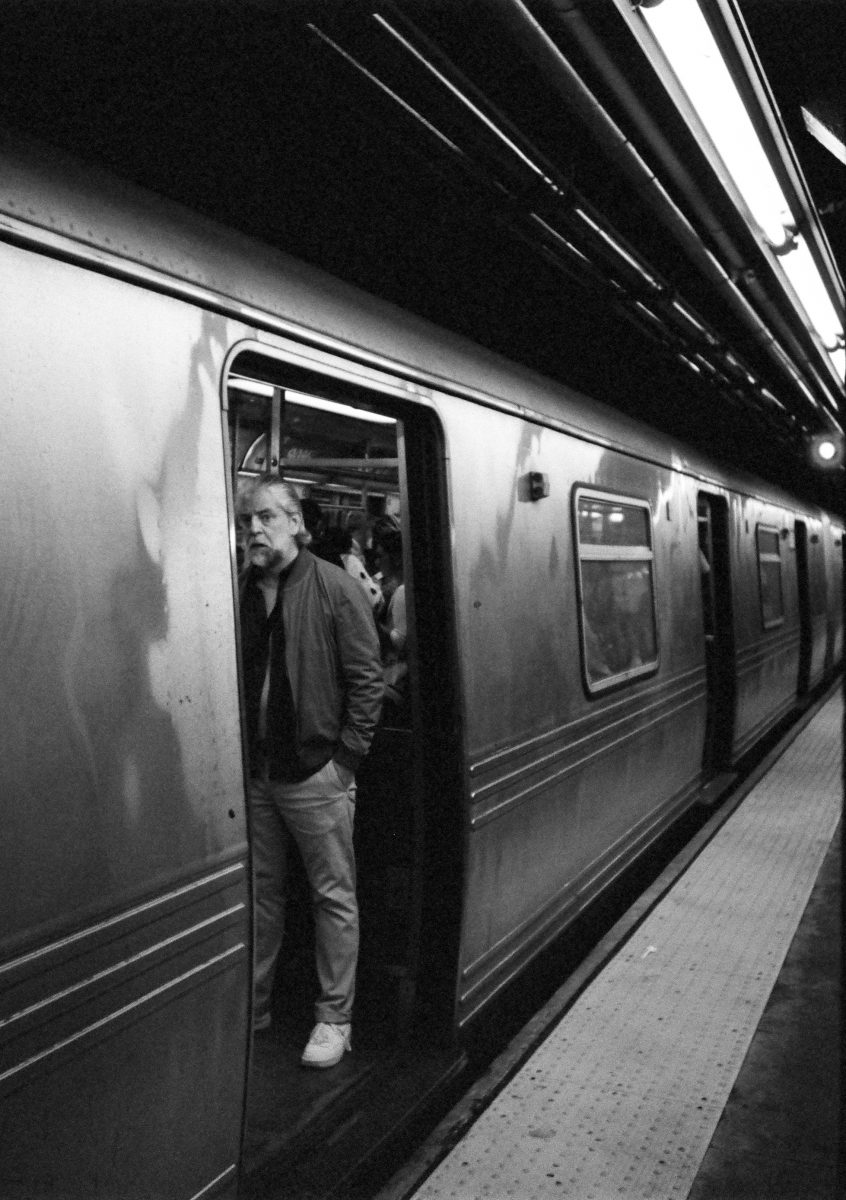
Tri-X 400 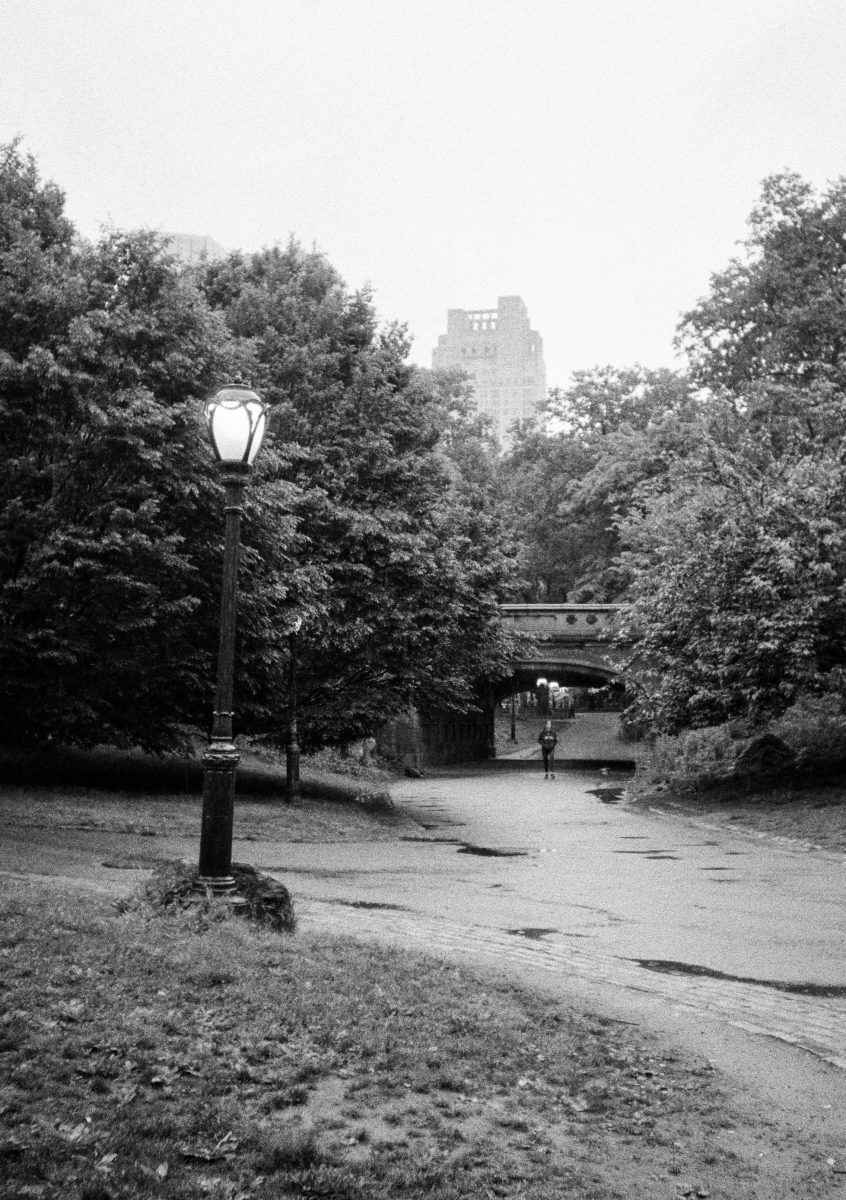
HP5+ 400 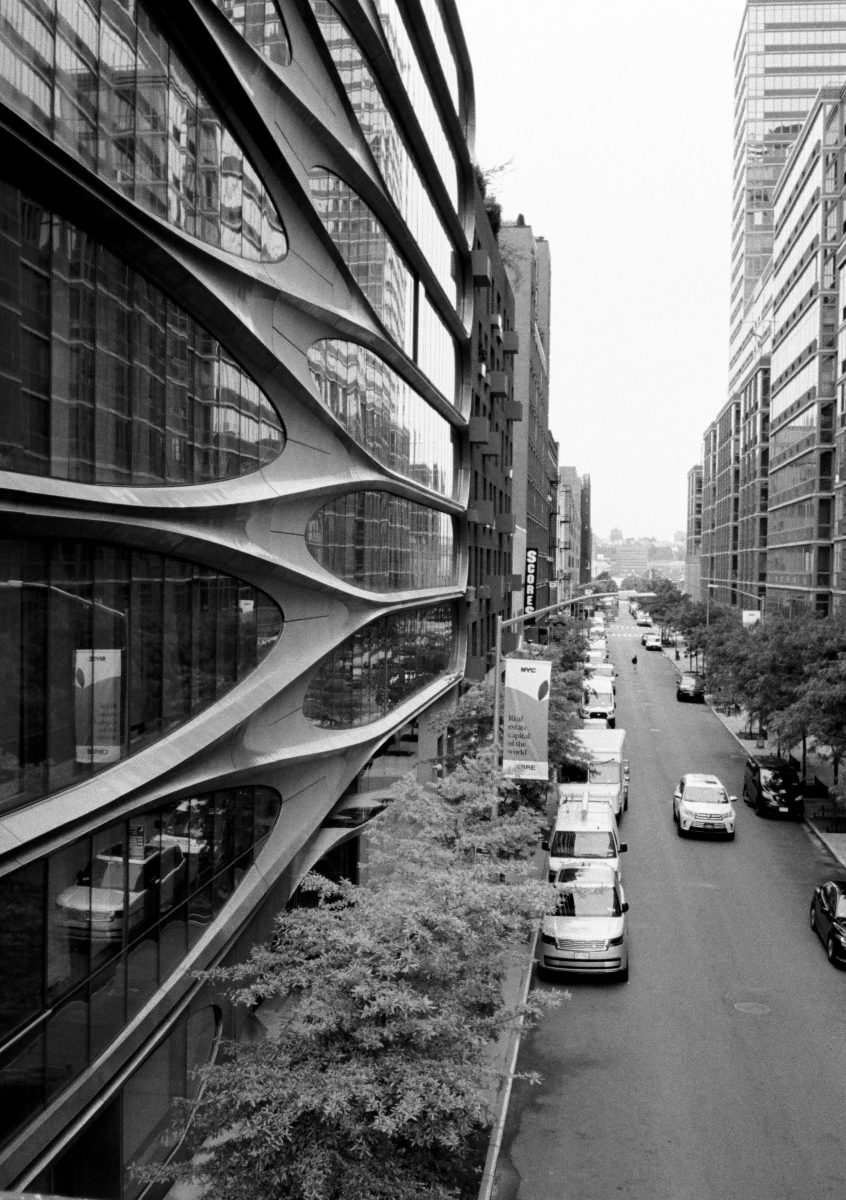
Tri-X 400 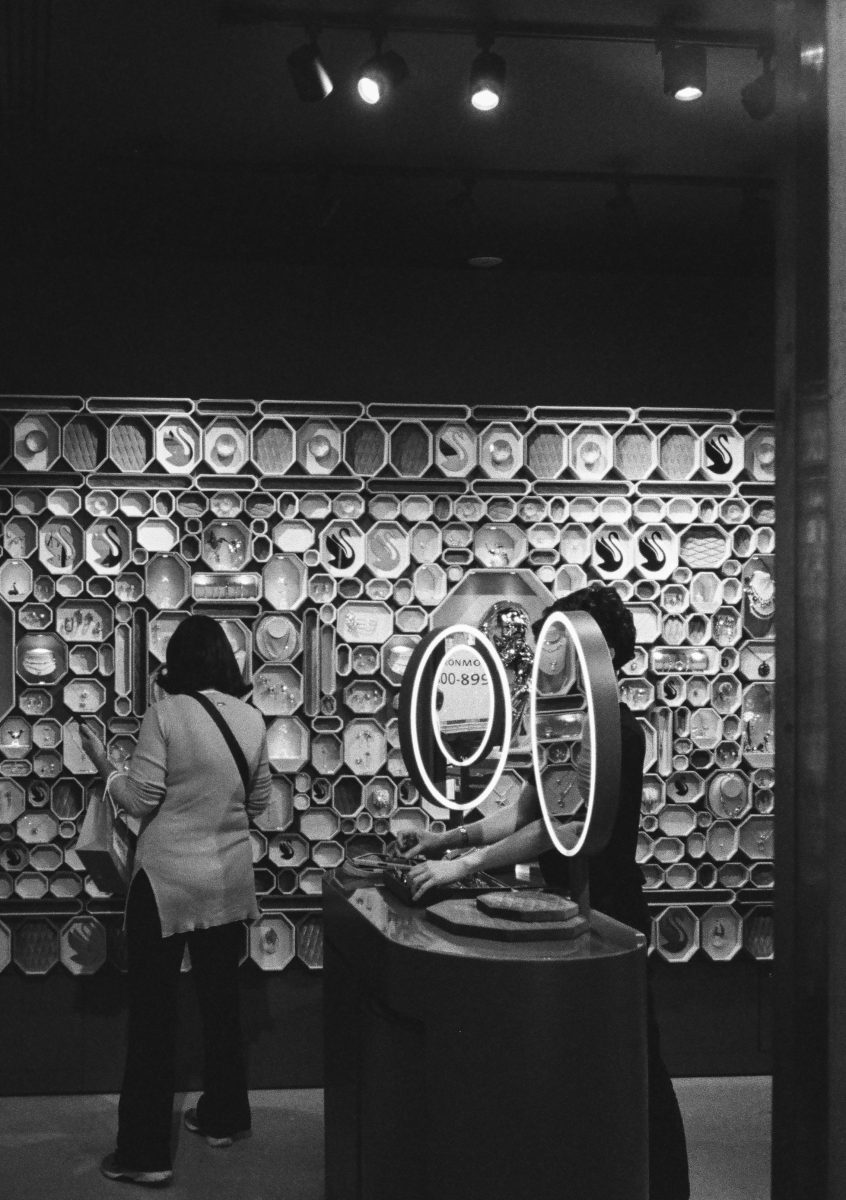
Tri-X 400 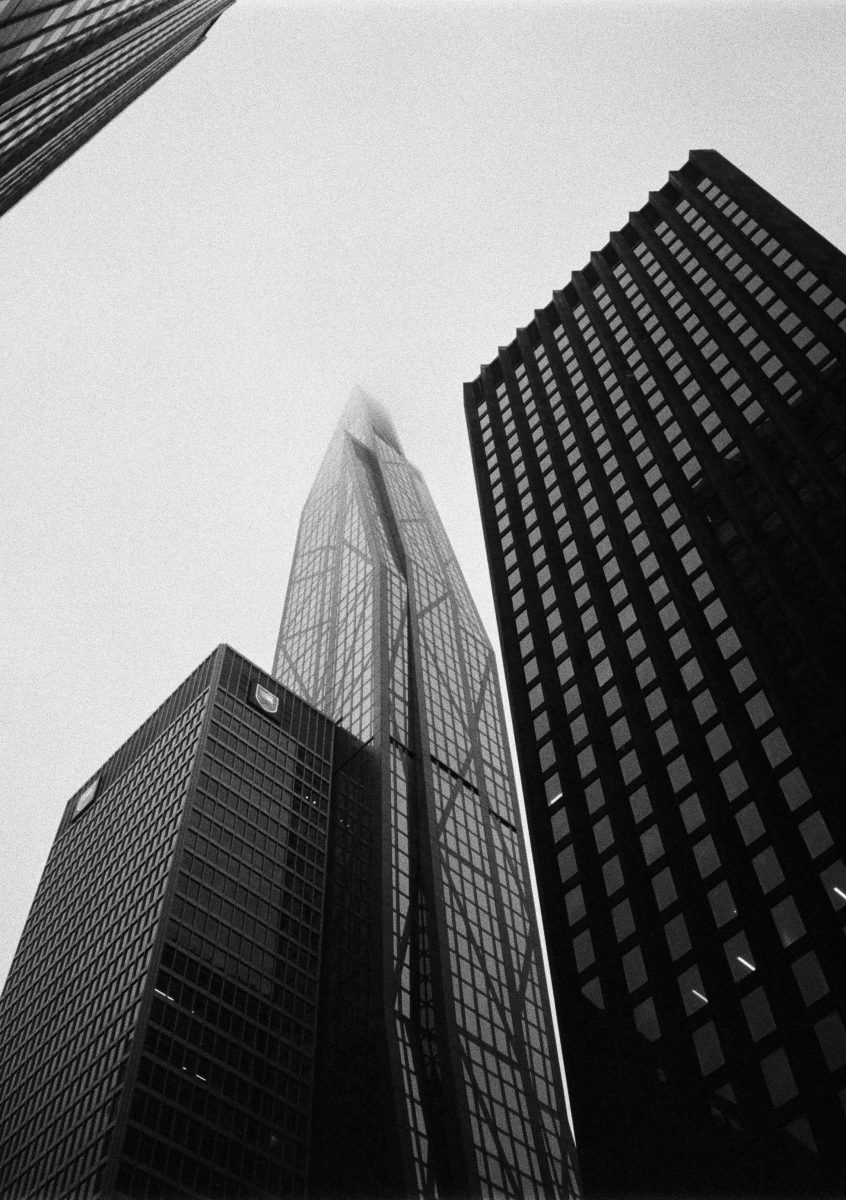
HP5+ 400 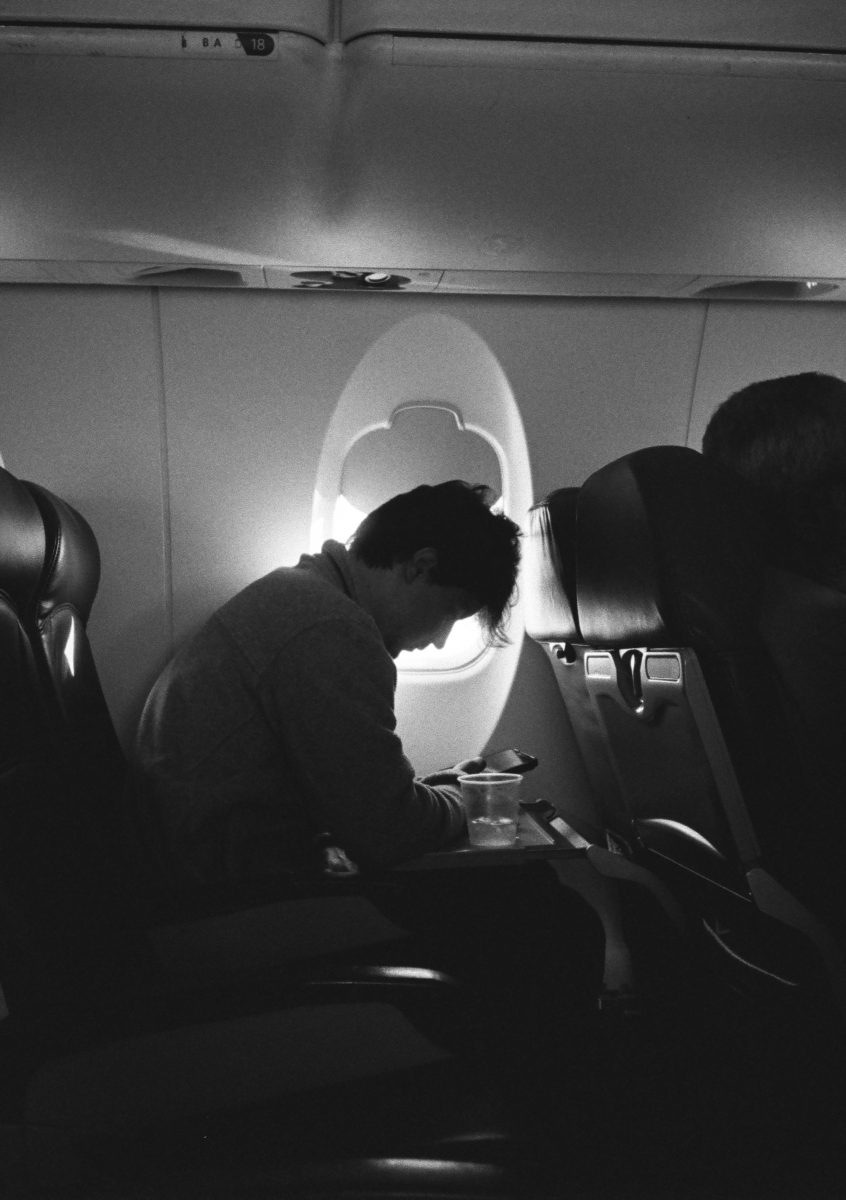
Tri-X 400





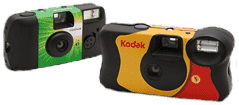
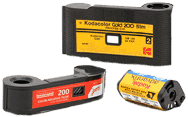
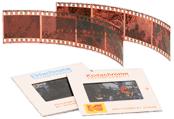
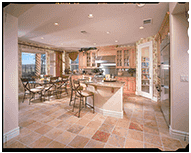



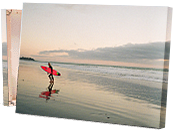

 Gift Cards
Gift Cards Film Index
Film Index FAQ
FAQ Desktop Framed Prints
Desktop Framed Prints